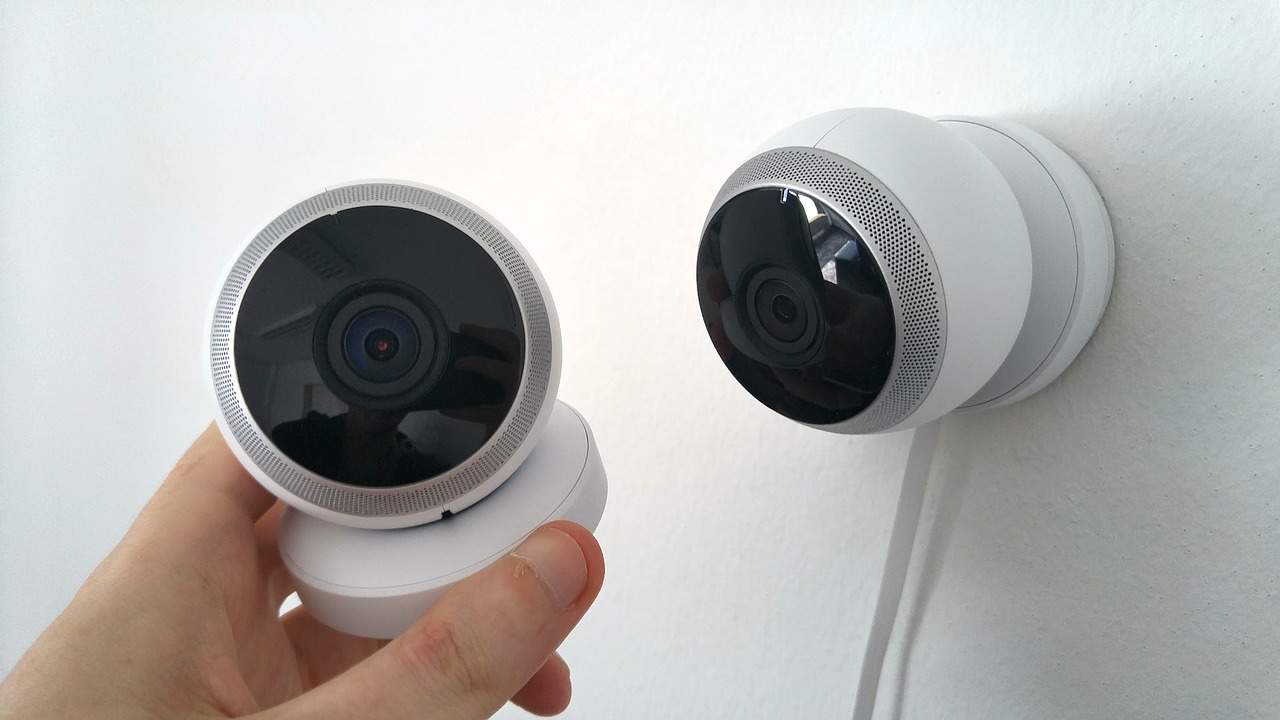As the risk of theft and vandalism continues to increase, people are becoming more aware of the security and surveillance options that are available to them. This is why IP based systems are becoming a lot more popular as people are beginning to understand the value and benefits they can reap from installing IP CCTV systems in their commercial premises.
We’ve put together our top reasons as to why IP based systems are the best option going forward compared with the old analog systems.
1: High resolution
One of the top rated advantages of using IP-based cameras is that they are not restricted with the resolution, unlike analog cameras which are much lower in resolution and have a maximum of only 704 x 480 pixels. A high-resolution camera means that there is 10 times more detail in your images and video quality.
IP based cameras also offer the choice of having different aspect ratios, so you can capture wide scenes to get the extra coverage of the area.
2: Simple and easy to install
The great thing about IP-based cameras is that you don’t need to invest in new cabling infrastructure if you already have an existing computer network. You only require one cable per camera to provide the power, data and video, making the installation process very easy and simplified.
3: Everything is digital
IP based cameras are great for moving and sending video footage across or converting into different formats, as they don’t tend to lose quality, unlike the analog video feeds.
You also no longer need to worry about the need for bandwidth and storage if you are streaming different parts of the video, as IP based cameras will retain 100% of the quality.
4: Camera accuracy
IP cameras can offer a lot more than just a standard video feed. With the built in intelligence, it allows the cameras to perform a number of tasks such as motion detection to minimise the pressure on operators and increase surveillance efficiency.
5: Scalable
With IP based CCTV cameras, you have the flexibility to extend when needed. The cabling demands are far less complex than an analog system, which means that adding more cameras or functions won’t be a problem.


